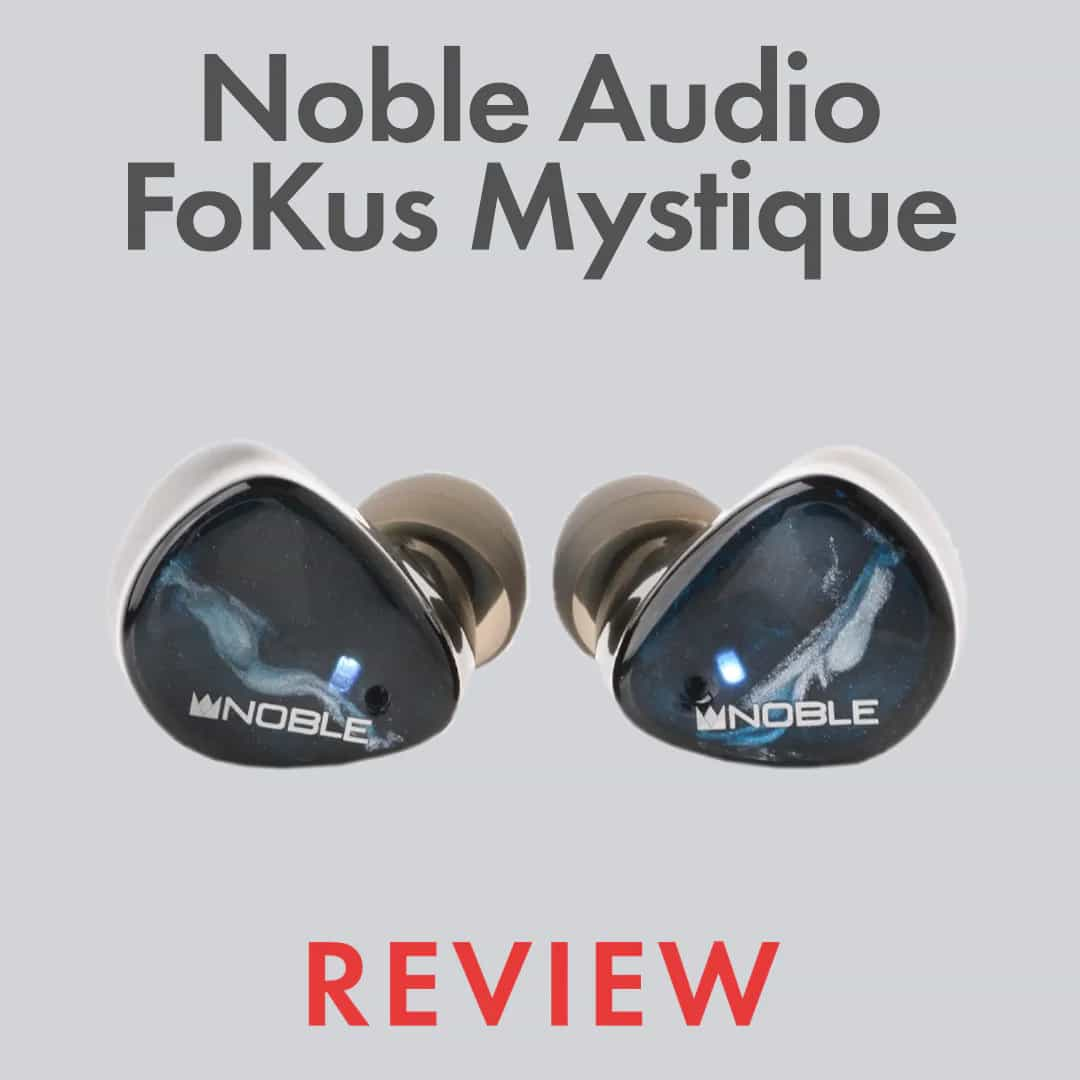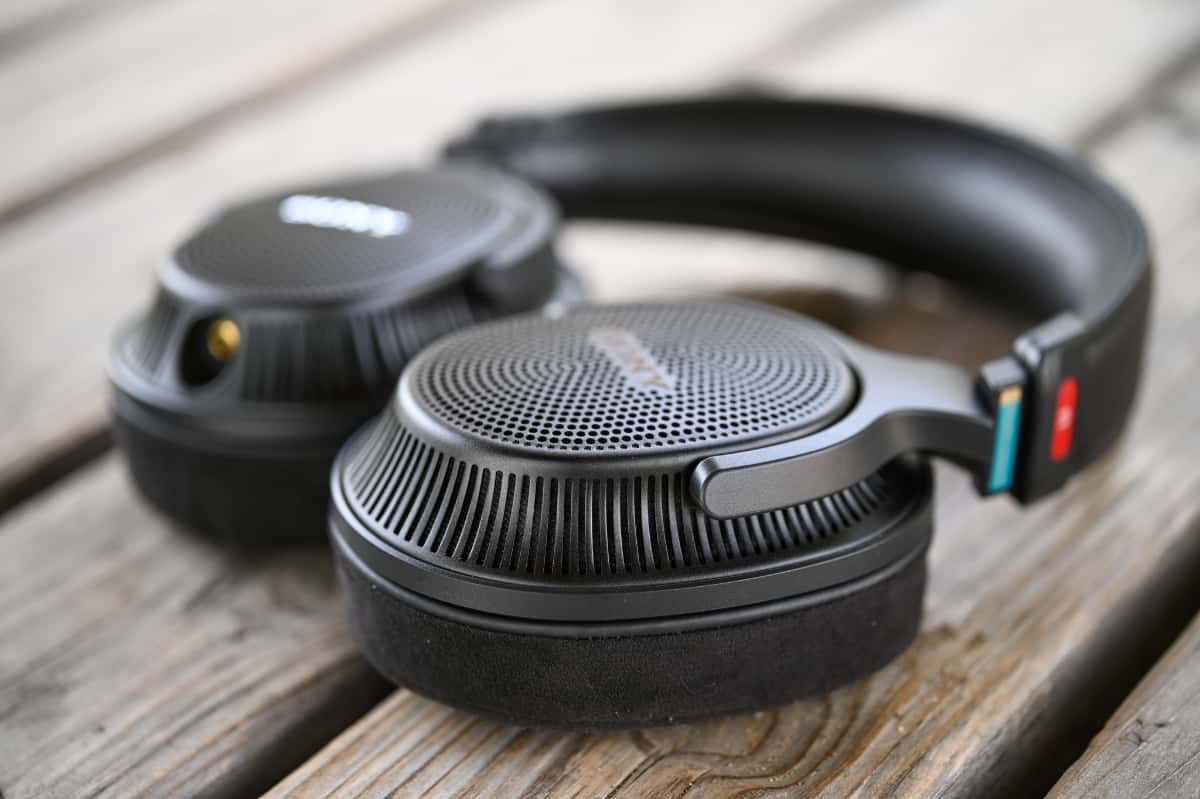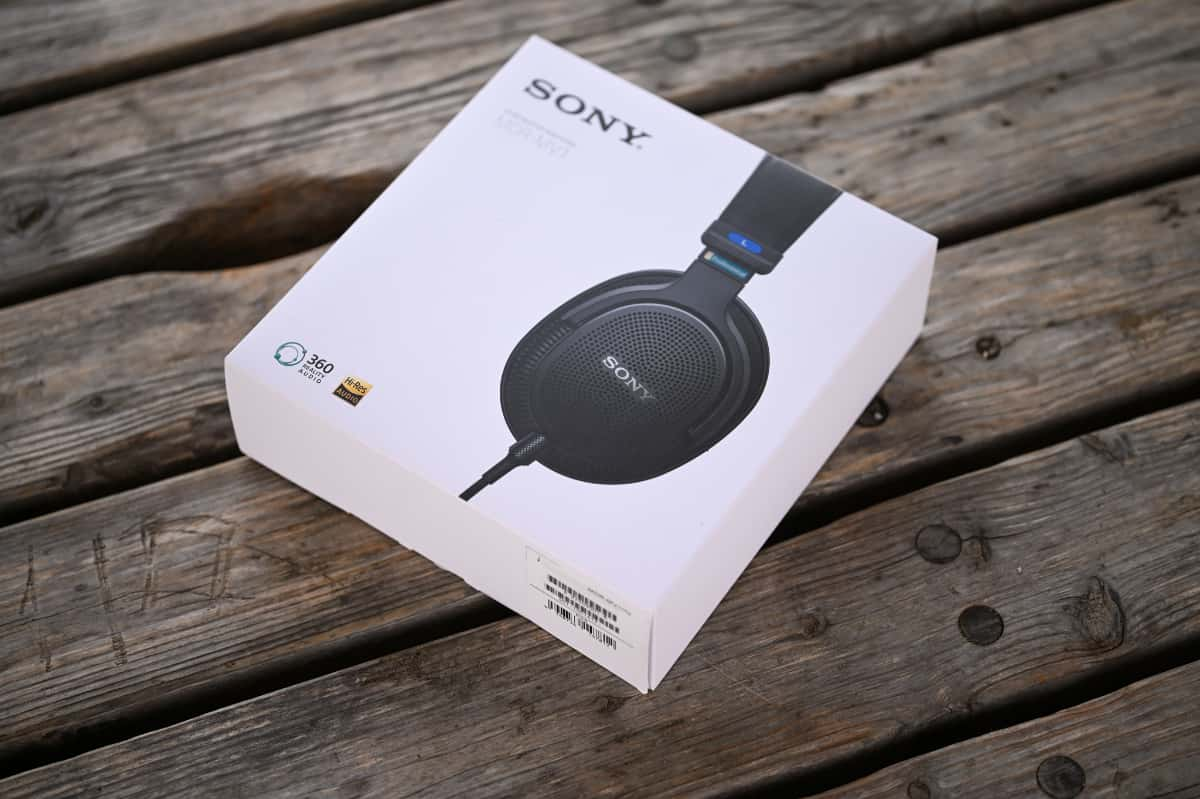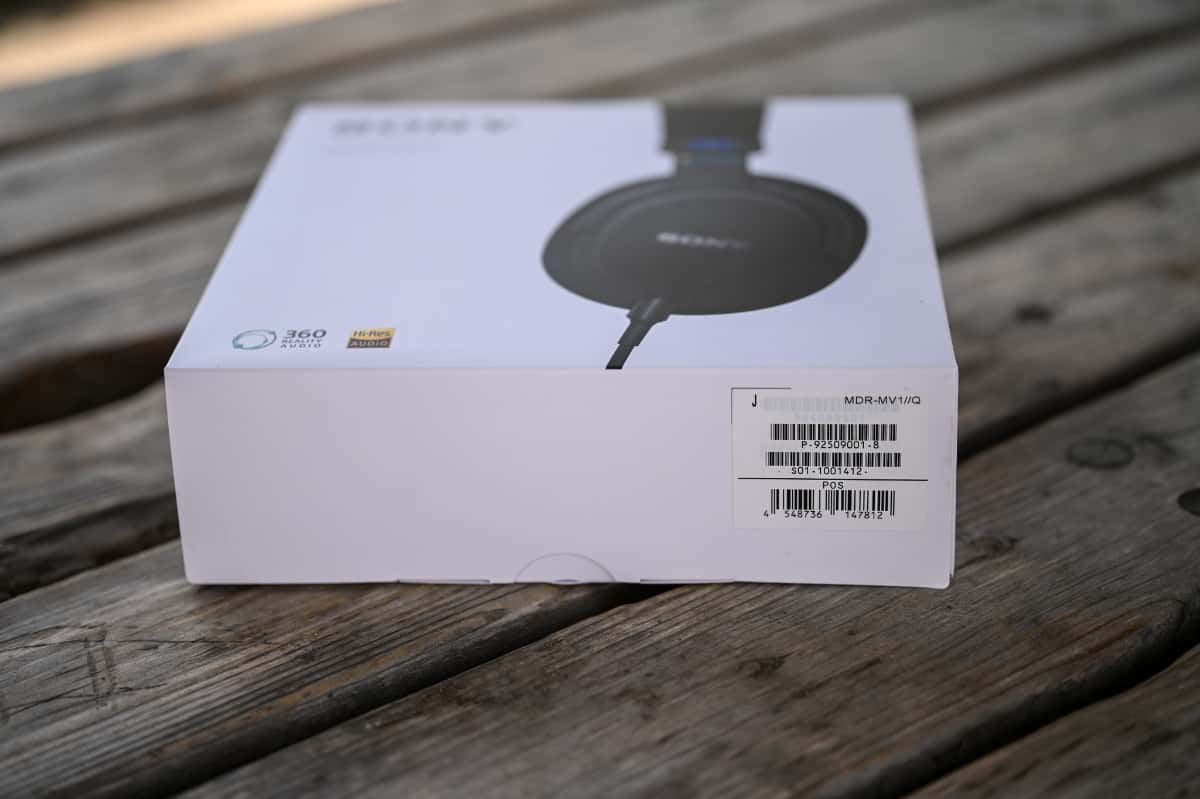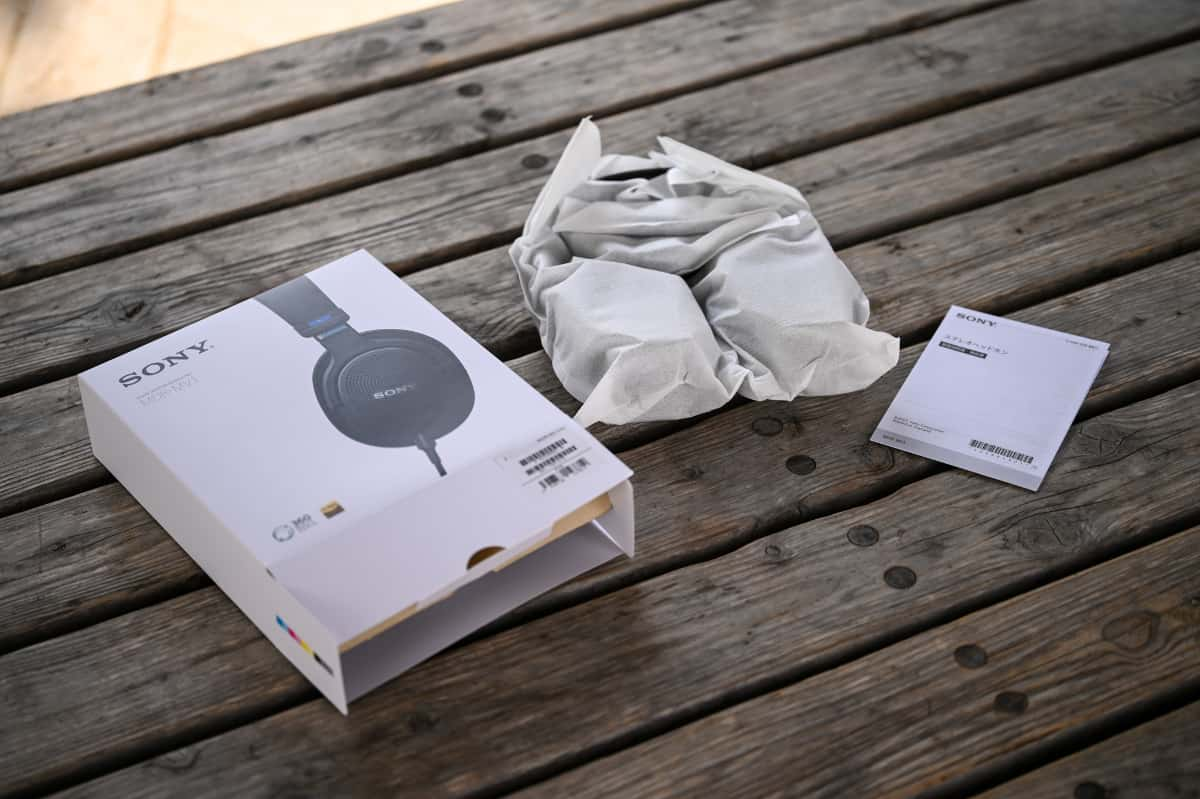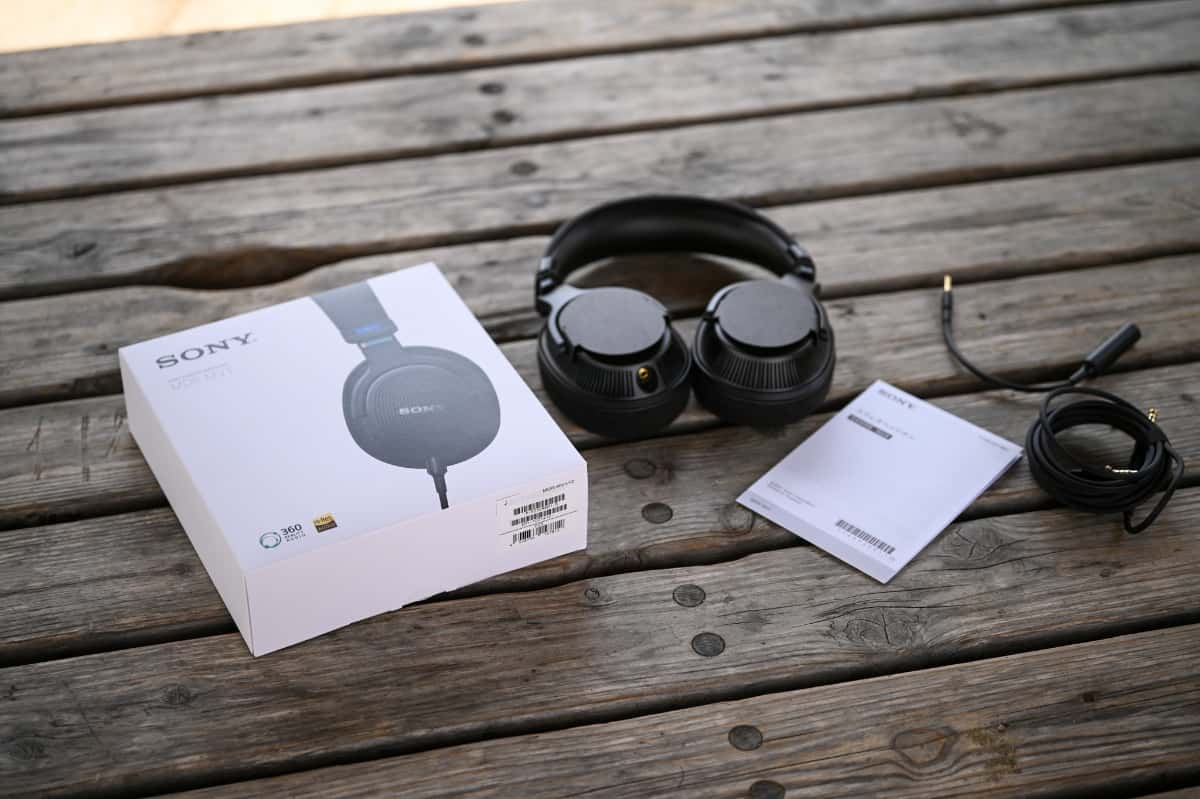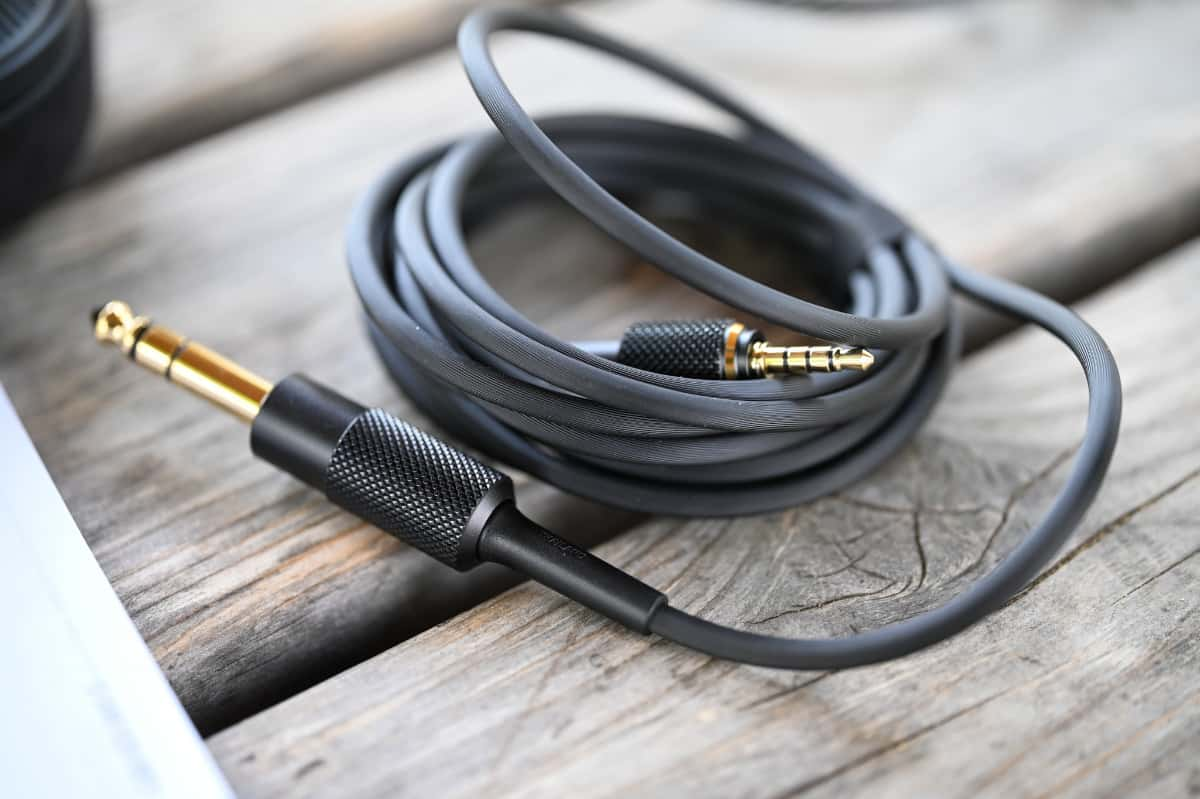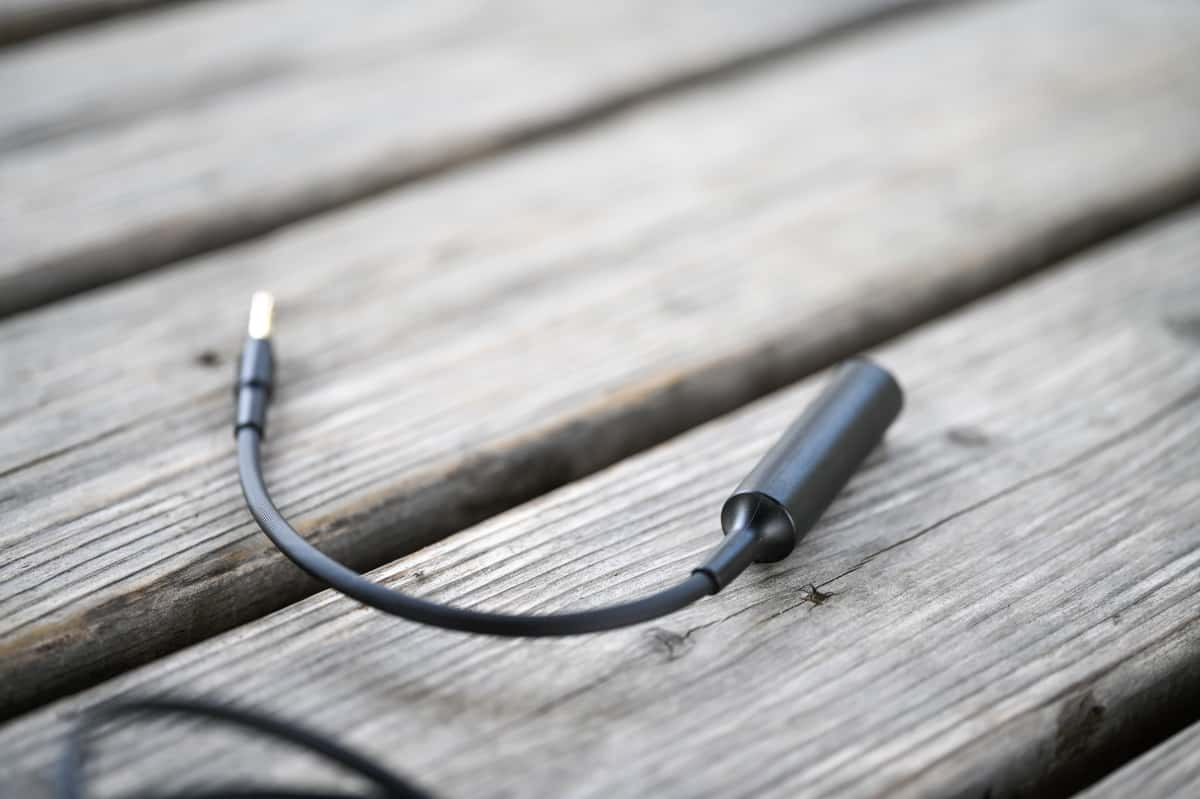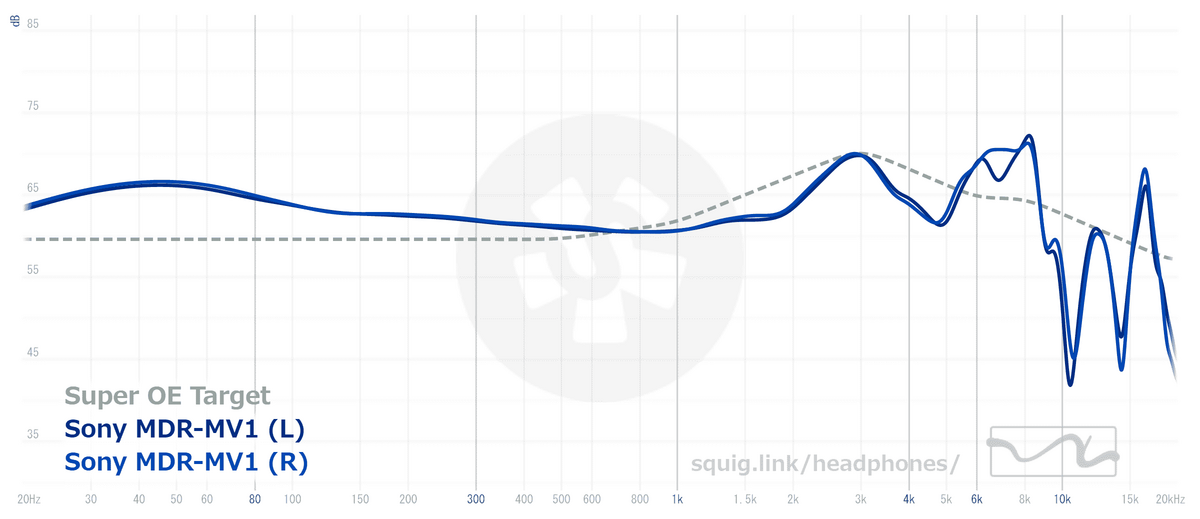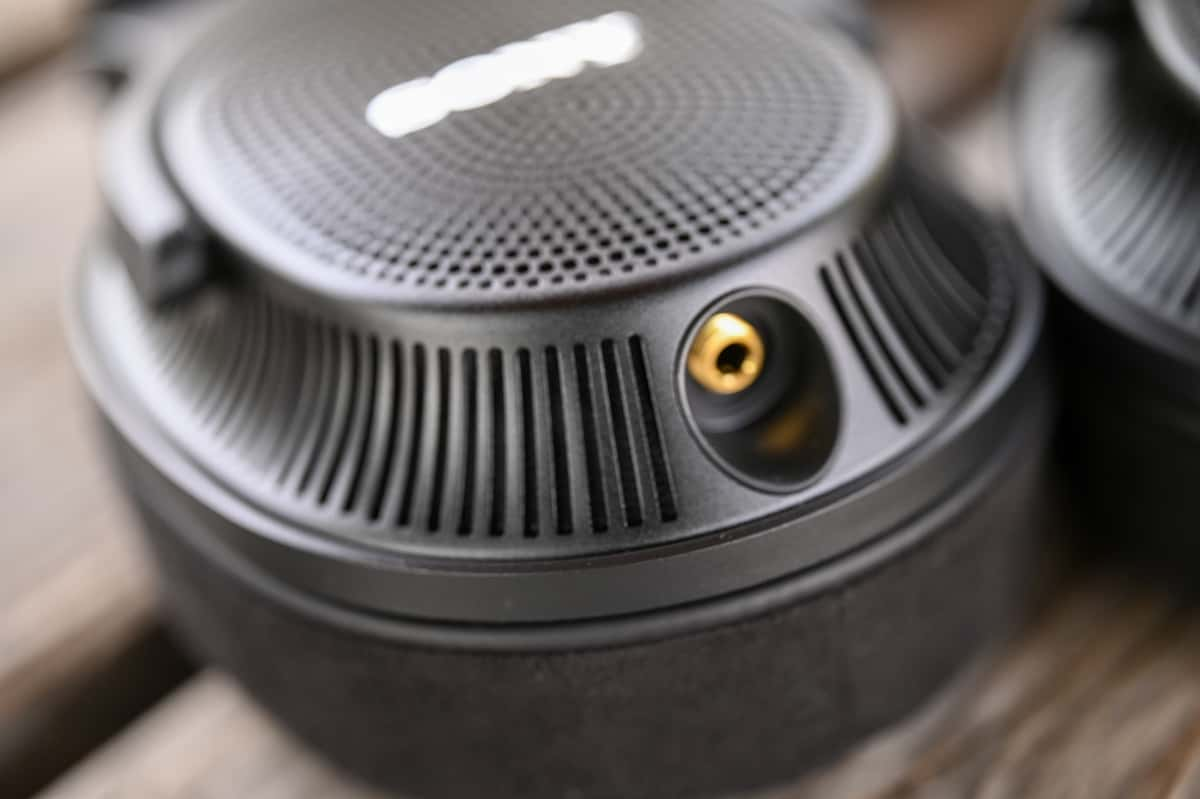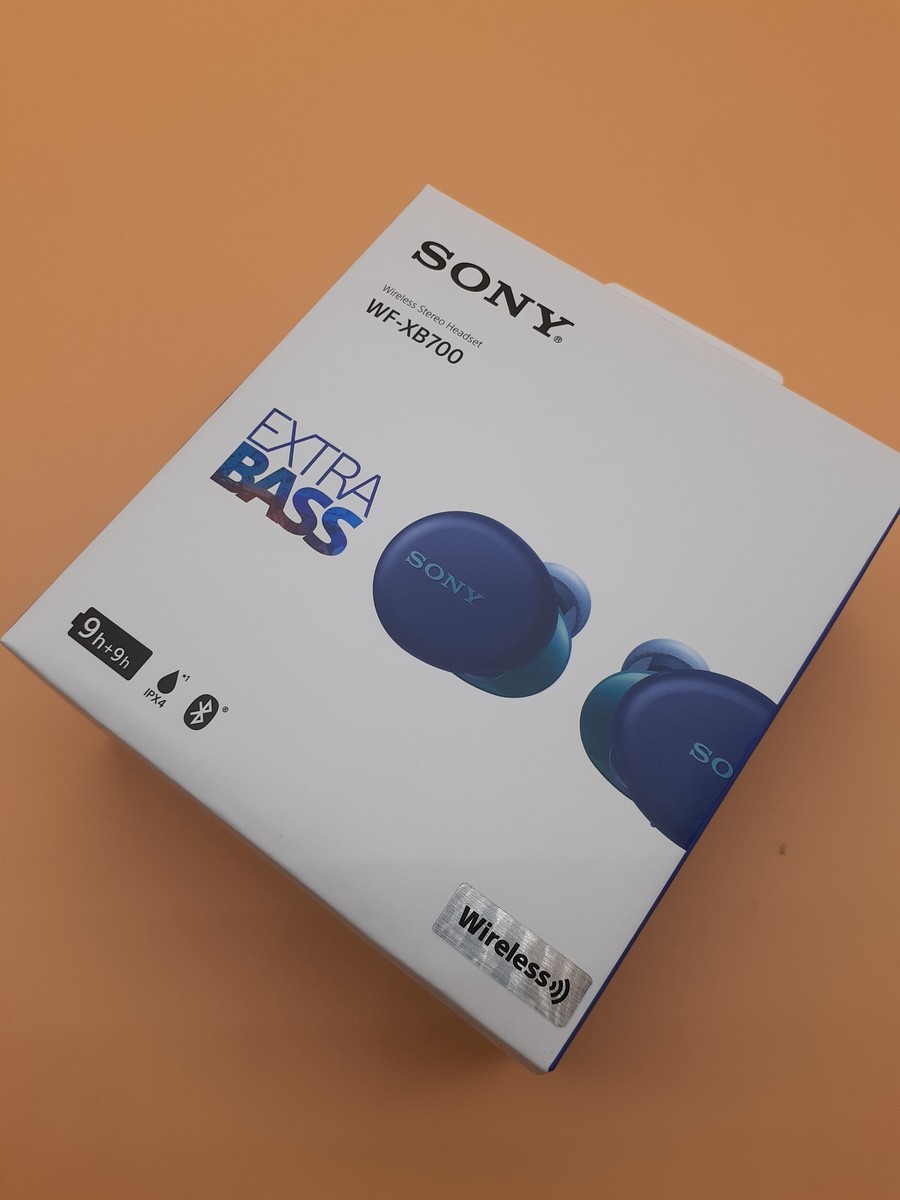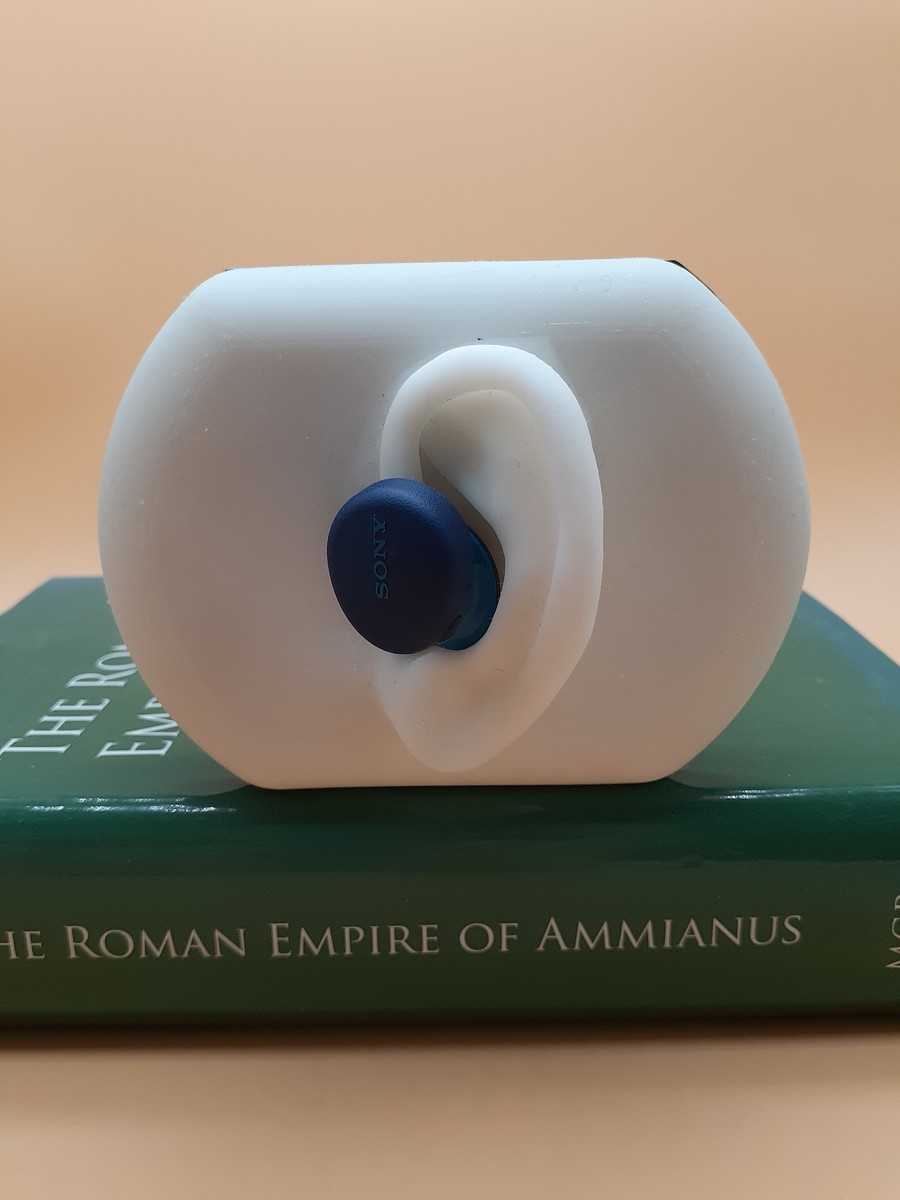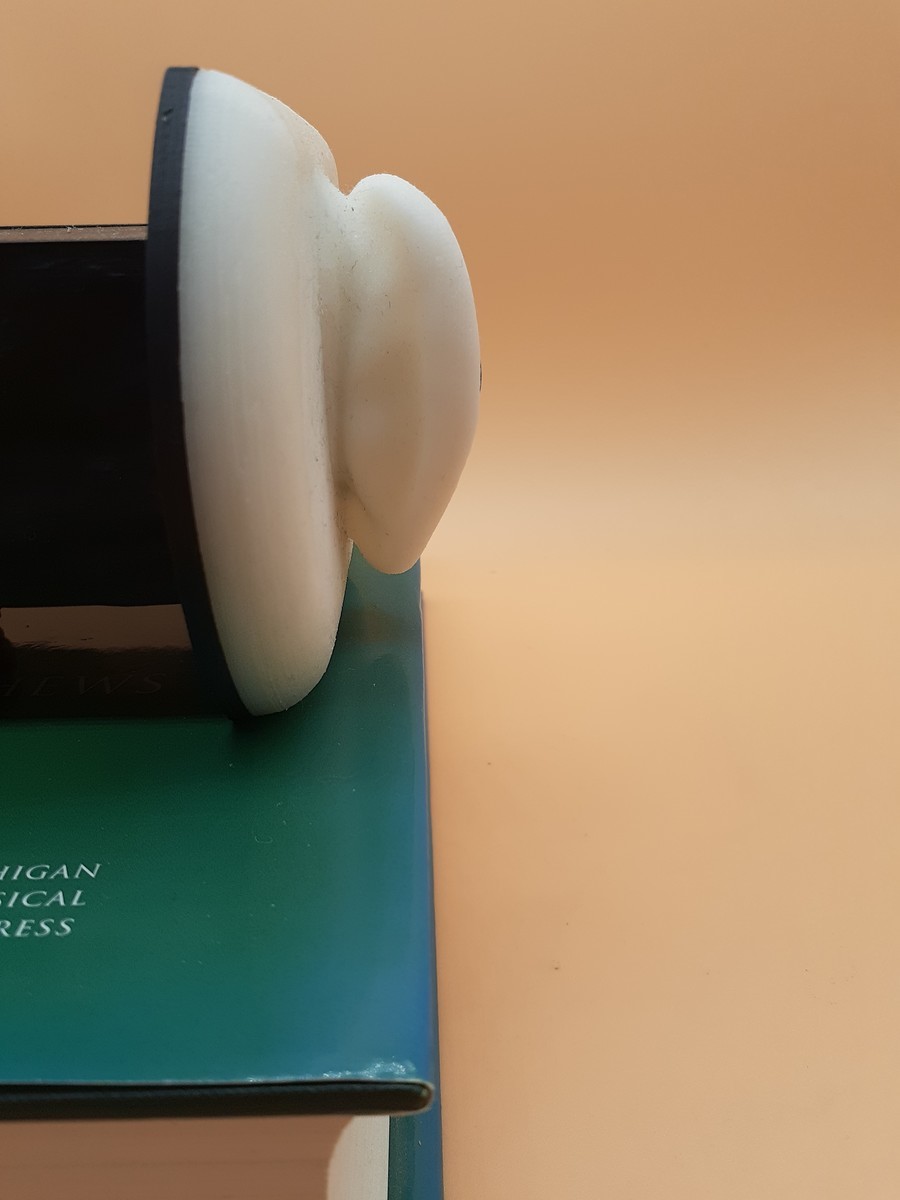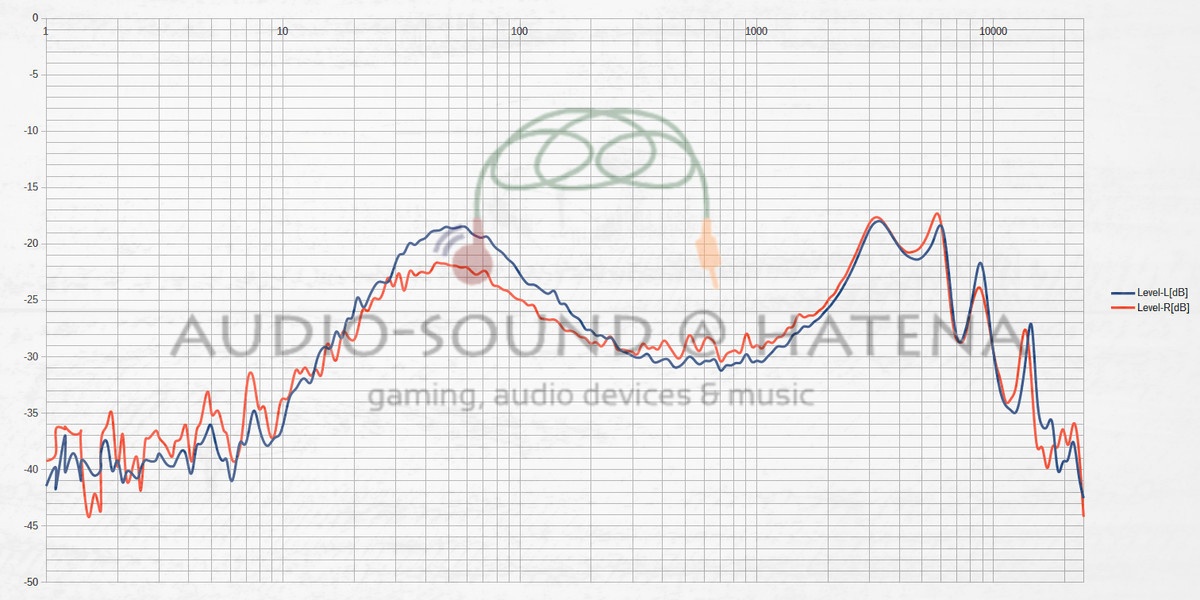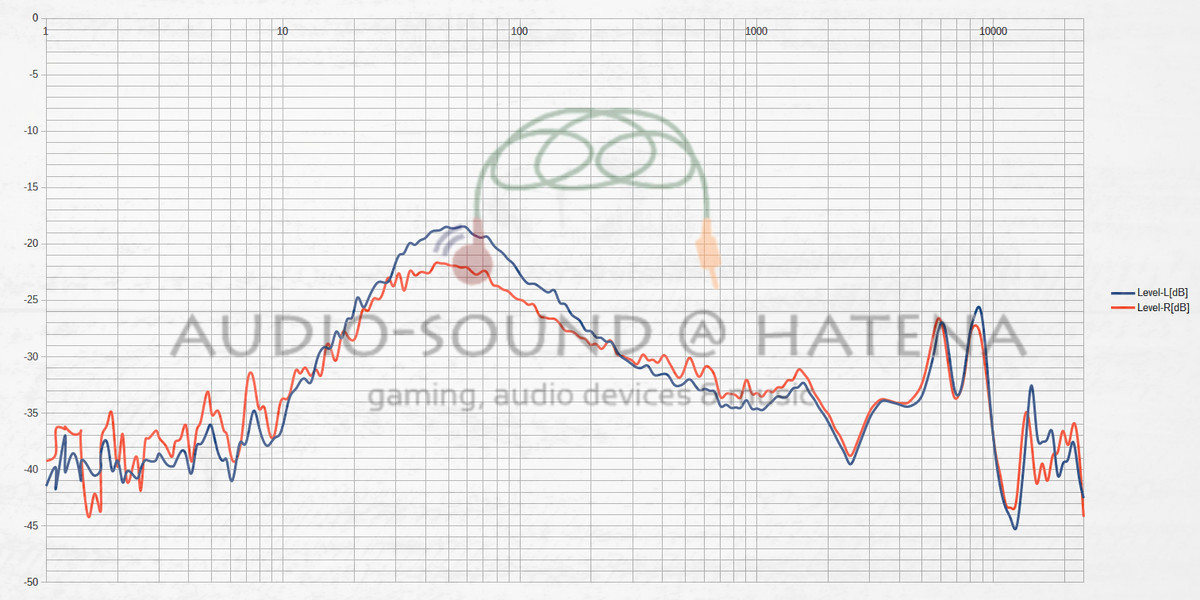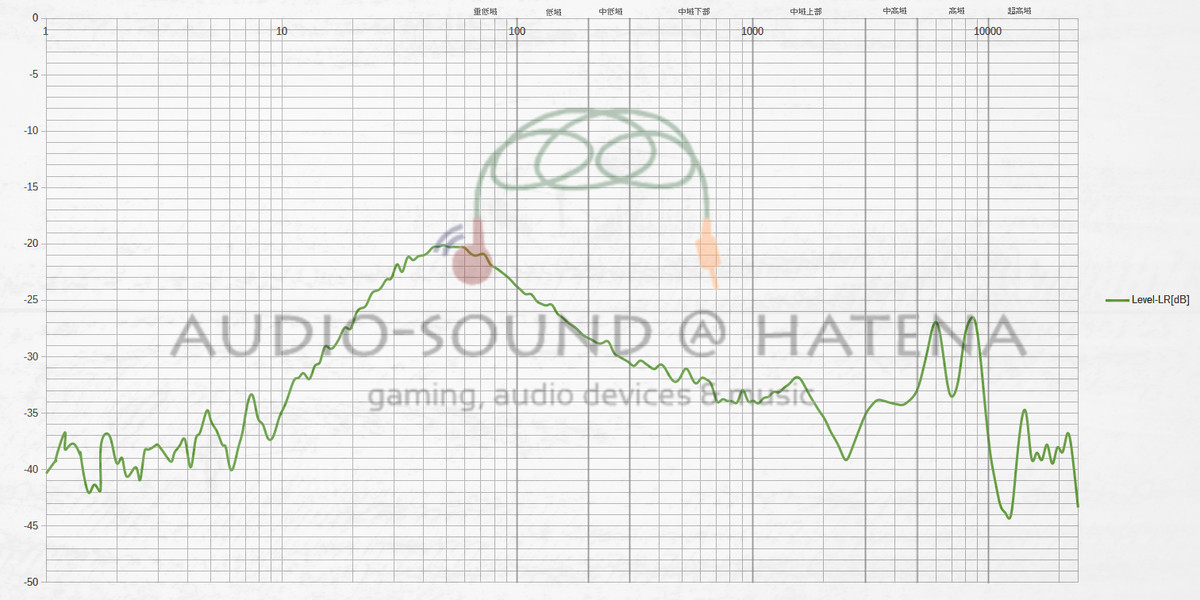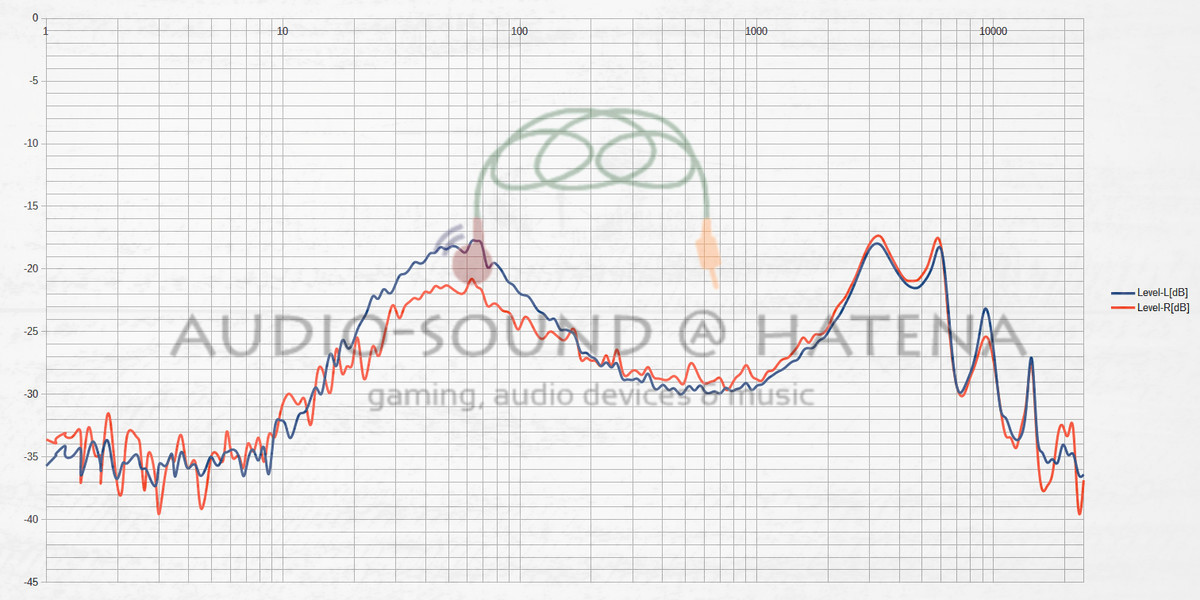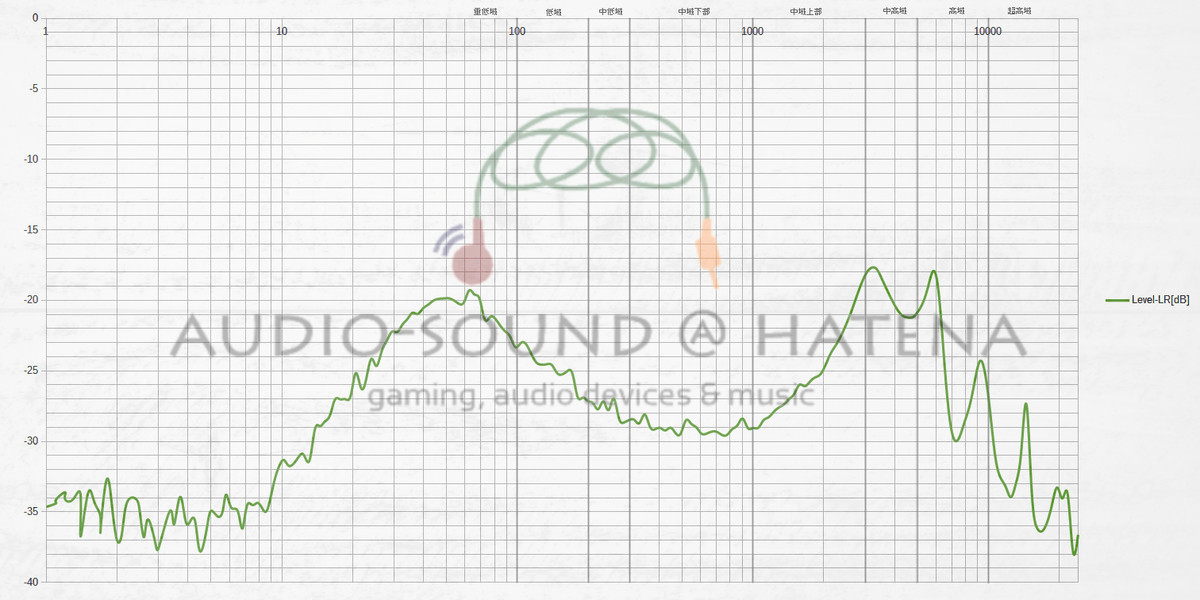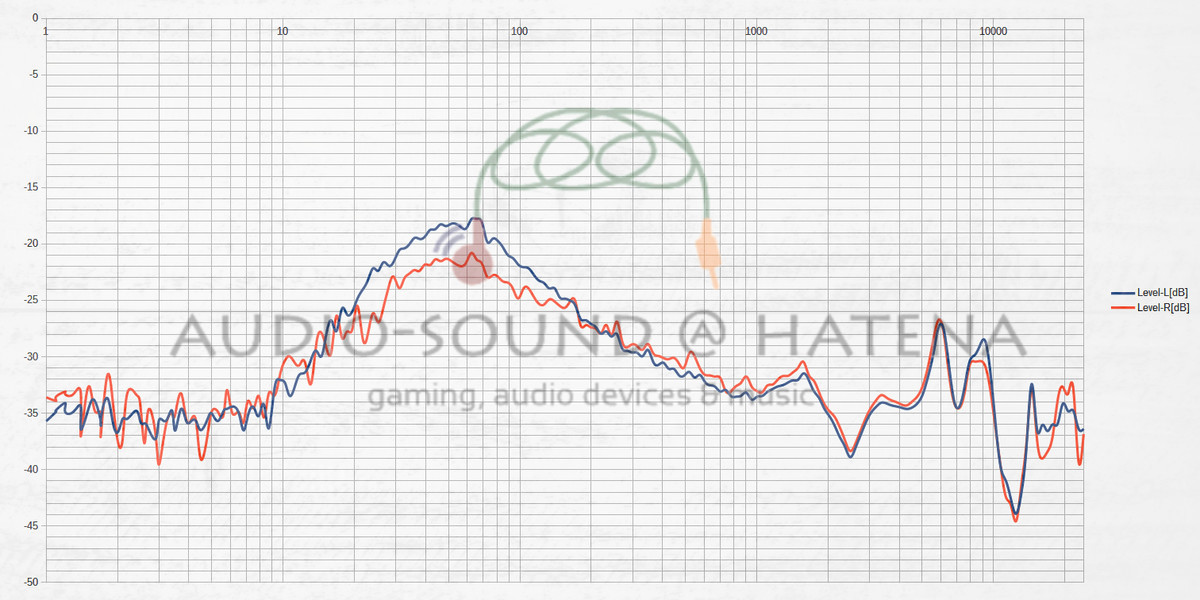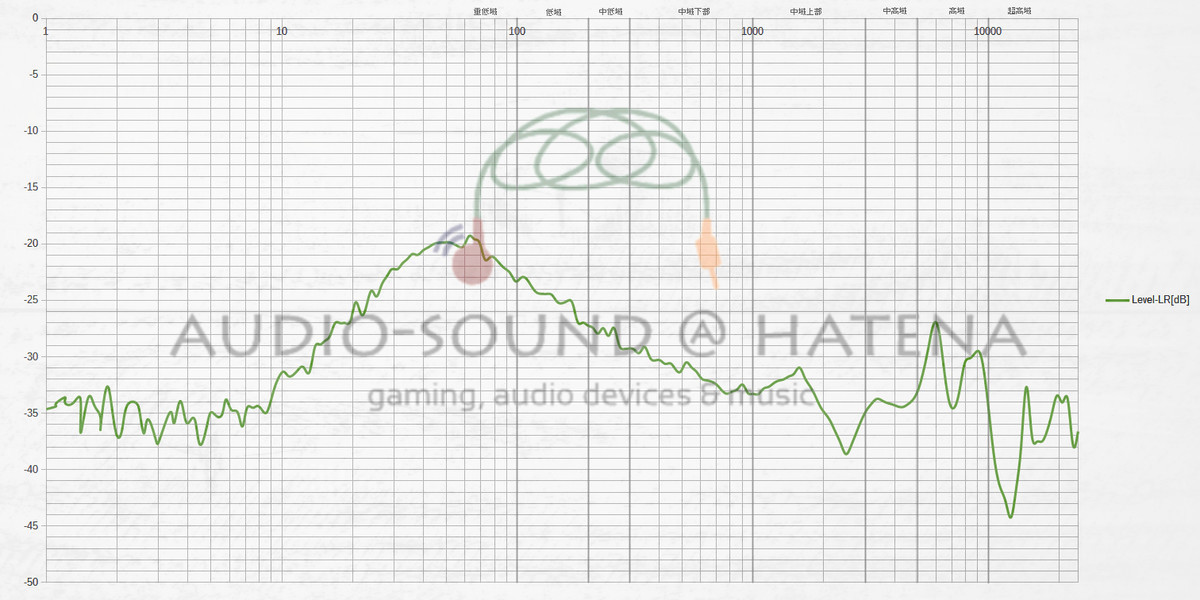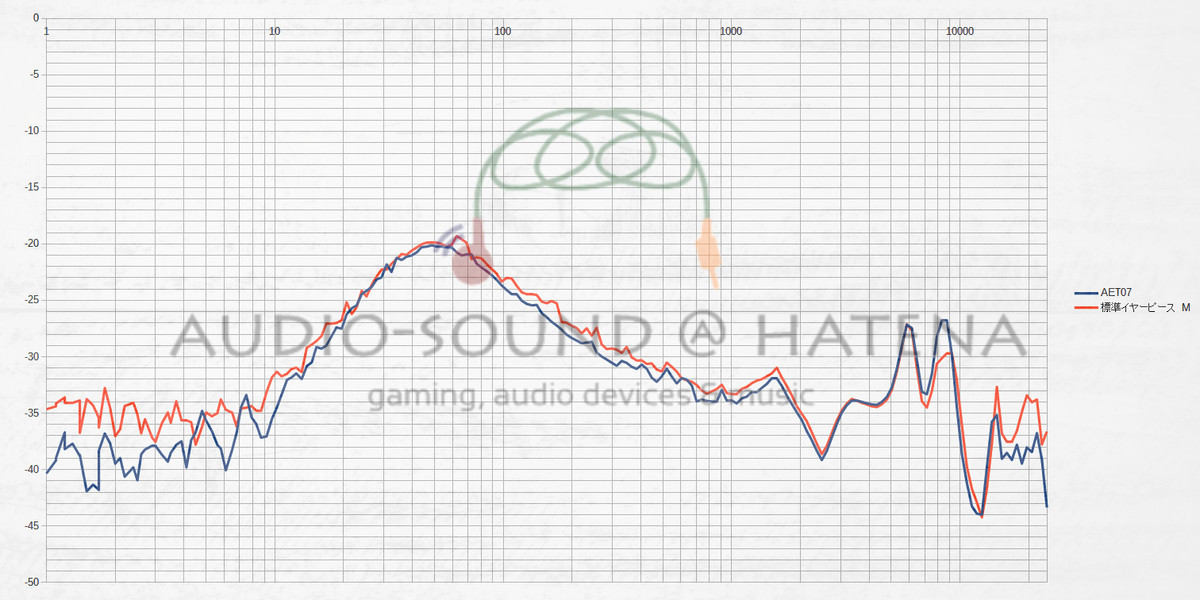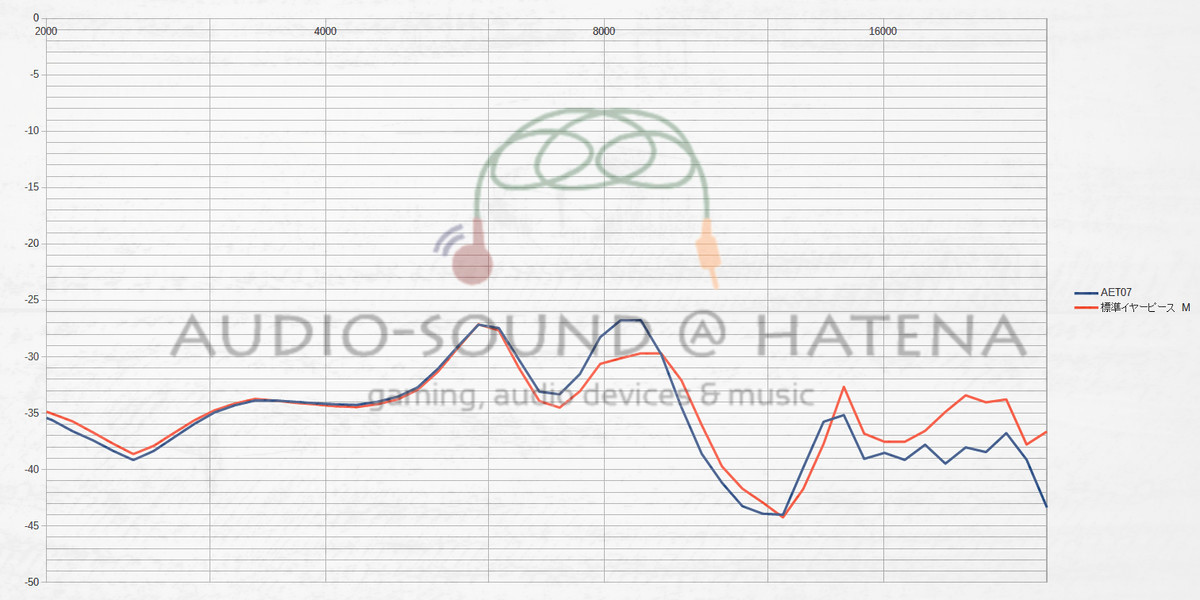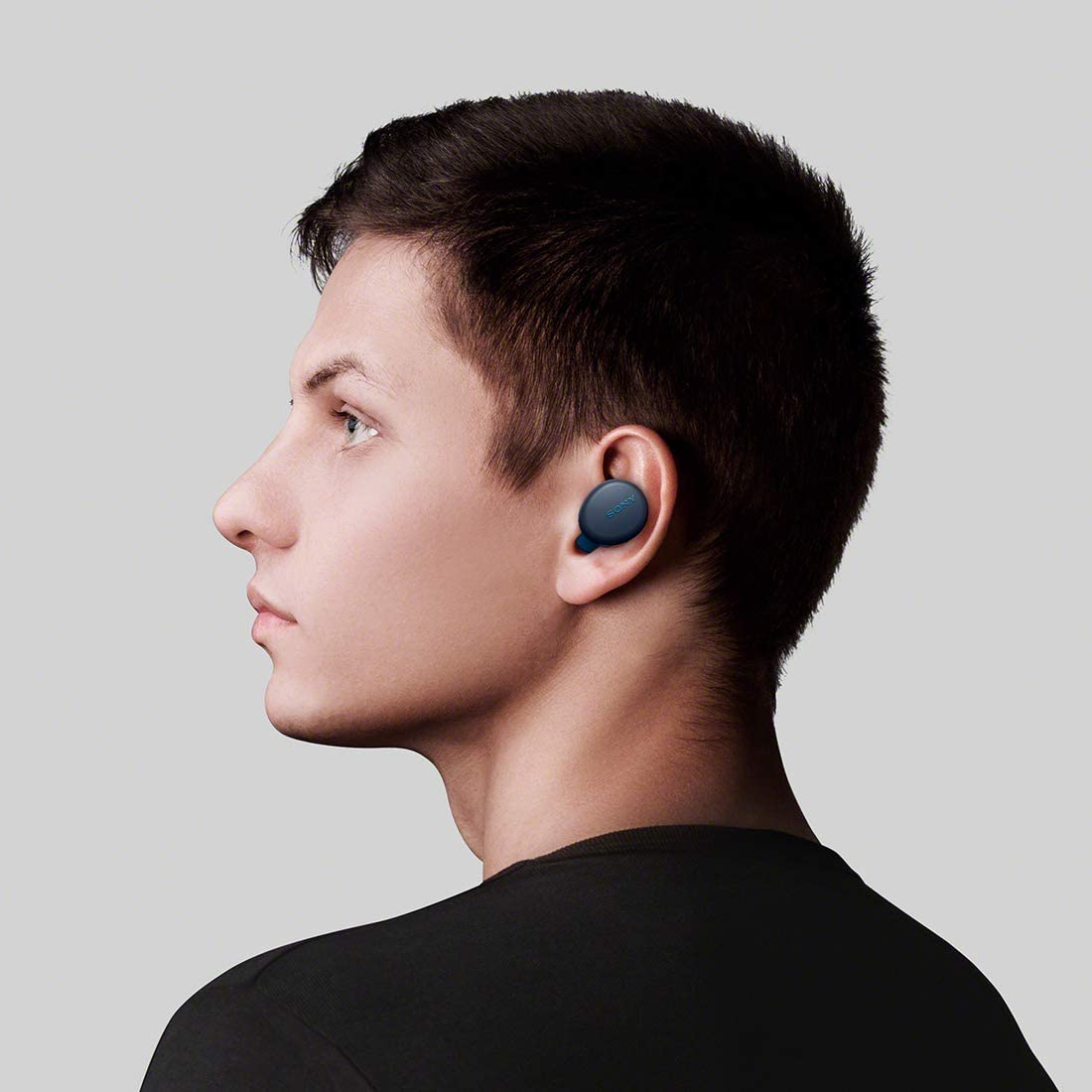
audio-technica ATH-M20x
Disclaimer
- This review is written based on a "private purchase" or "product rented for a price".
- No remuneration or compensation, such as a manuscript fee, has been received for publishing this, and it is an honest evaluation based on measurement data from personal testing and personal opinion.
- Please read the privacy policy of this website.
Recommended for people like this
- People who value localization
- SONY Fan
audio-sound Score

- Total Score: 8.4 / 10.0
- Package: 7.0 / 10.0
- Build quality: 8.5 / 10.0
- Fitment: 8.5 / 10.0
- High range: 9.5 / 10.0
- Mid range: 8.0 / 10.0
- Low range: 8.0 / 10.0
- Less distortion: 9.0 / 10.0
- Want to see the score ranking? Click here!
Overview of SONY MDR-MV1
This review will give an overview of SONY MDR-MV1. A complete review of this product can be found here.
Basic Specifications
- Frequency range: 5Hz-80000Hz
- Impedance: 24Ω
- Sensitivity: 100dB/mW
Features
Rear open acoustic structure that reproduces accurate spatial information imparted to the sound source
When a stereophonic sound source is reproduced by headphones, the reflected sound information given to the sound source, which is generated in the space, is processed in consideration of the head transfer function to reproduce a virtual stereophonic sound field.
By adopting a rear open acoustic structure that does not acoustically block the housing, the reflected sound inside the headphones is reduced, enabling more accurate reproduction of the sound field. In addition, spatial resonance is eliminated by using the largest possible area of acoustic registers to optimally control airflow between the front and back of the driver unit. Natural and full bass frequency reproduction with less coloration is achieved.
![]()
Package
It comes in an eco-friendly paper package. Because of the price, a carrying case is usually included in this price range, no matter how professional the equipment is.
Package contents
- SONY MDR-MV1
- 6.35 to 3.5mm adapter
- Manual











![]()
Build Quality
Build quality meets the price level.













Fit
The fit is good. The main unit is fairly lightweight.




![]()
Sound quality
audio status

Sound quality description
The following review was tested with a FiiO M15.
The SONY MDR-MV1 has a near-neutral sound signature.
Please see here for detailed reviews on sound quality.

Lows / Bass
Despite being open, the Sony MDR-MV1's low frequencies have a good sense of range, and the bass extends quite deep, even with, or in some cases better than, typical sealed headphones.
Bass drum thickness and weight are not bad. Depth is not bad either, but rumble is weak.
The electric bass lacks a bit of blackness, and the tightness is a bit loose, sounding a bit bright and with a harsh edge.
Overall, the tightness is a bit poor, so it is not expected to satisfy bass lovers, but if you like a warmer sound, it is not bad.
Mids
The midrange of the SONY MDR-MV1 is backward leaning, emphasizing staging, and has a structure with a sense of depth.
A clear drawback to using the MDR-MV1 as a monitor headphone is the lack of midrange accuracy. The midrange is generally soft and poor at reproducing contours, and fails to provide the level of build that one would expect monitor headphones to generally provide. This is basically a bad adjustment, as it acts in a negative direction in terms of reproducing the accuracy of the three-dimensionality of the center of the music.
The balance between vocals and instruments is clearly a bit poor, with the guitars sounding distant and the vocals feeling a bit isolated in the foreground, creating a sense of surround sound with the instruments surrounding the vocals.
These adjustments are distinctly listening-oriented and immersive, as opposed to the neutrality and accuracy of traditional monitor headphones which are what we call "unseasoned" sound.
The left and right sides sound a little wider and roomier, which is comfortable, and the panning effect seems easy to understand, but the midrange itself is a little cramped and difficult to understand, and the three-dimensionality of the sound in the midrange itself is a little less clear.
Whether this kind of adjustment is a good thing or not depends on whether or not you see the benefit in the pseudo-3D effect that this gives. At least in the basic stage of music production, many people may prefer to listen to sounds more neutrally and without any flavor, so they may prefer to use SHURE headphones, which excel in reproducing the mid-range. If you are looking for accurate tones of instrumental sounds or accurate representation of vocal material, the MDR-MV1 is a little less reliable for such applications.
Resolution and transparency are fairly standard for a monitor.
Highs / Treble
SONY MDR-MV1's high-frequency adjustment is very close to neutral, and localization and detail are expected to be very accurate, amply demonstrating SONY's confidence in its spatial reproduction capabilities.
Violins and woodwinds are well extended, and cymbal crash spread is satisfactory. Despite a slight three-dimensional emphasis, the consistency of the sound image is relatively high, and the overtone ambience of the strings is quite natural. However, the effect of the lack of contouring is somewhat significant, and in classical music, the lack of power in the violin sound and the difficulty in hearing the core of the upstanding sound probably hampers the composition of the piece somewhat.
However, this kind of adjustment that suppresses the sense of contour is a feature common to monitor headphones from leading Japanese audio brands such as the YAMAHA HPH-MT8 and the JVC HA-MX100V. Therefore, users who normally use these headphones as monitors will find this adjustment easy to get used to.
If contouring is important, using a pair of monitor headphones such as the Classic Pro CPH7000 or SHURE SRH940 will allow you to hear the midrange clearly and compensate for the MDR-MV1's weaknesses.
Sound quality general comment
- Original Sound Fidelity: A+
- Recommendation: A+
- Personal preference: A
The SONY MDR-MV1 is a monitor headphone with an excellent sense of localization, in line with SONY's claim that it is focused on spatial expression capability. When used as studio monitors, the MDR-MV1's shortcomings include a lack of midrange accuracy, but its overall tuning is still at an excellent overall level for a monitor headphone, and the slightly high price tag is justified. Of course, they are not the most cost-effective headphones.
Sound quality features
Pros
- Excellent localization
- Good dynamism
- Soundstage with a sense of depth
- Mellow and mellow
- Sense of envelopment
- Warm and pleasant to listen to
- Good range
- Spacious and well-connected sound image
- Excellent resolution
- Excellent transparency
Cons
- Low-frequency depth could use a little more
- Lack of textural accuracy
- Lack of structure
- Lack of contouring
- Price is somewhat too high for the sound performance
![]()
General comment
The SONY MDR-MV1 is a monitor headphone designed by SONY with a particular focus on spatial expression capability, and it excels in localization and detail reproduction. the sound is clearly distinct from the previous generation of monitor headphones such as the SONY MDR-M1ST, and is a clear departure from SONY's professional It is reminiscent of the arrival of a new era of monitors. However, the pricing is too high at any cost, and a replacement model for the MDR-M1ST that mass-produces the sound of the MDR-MV1 at a more appropriate price is called for.






